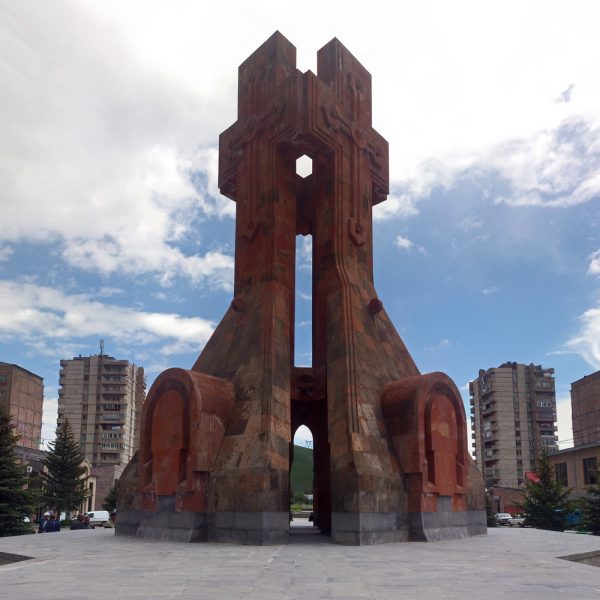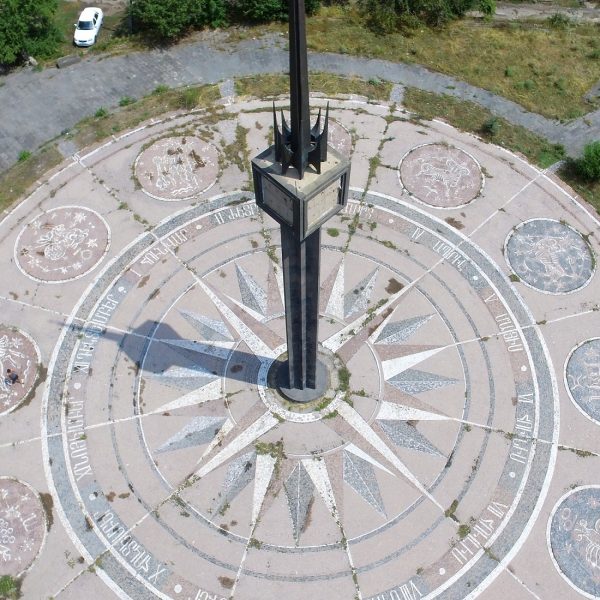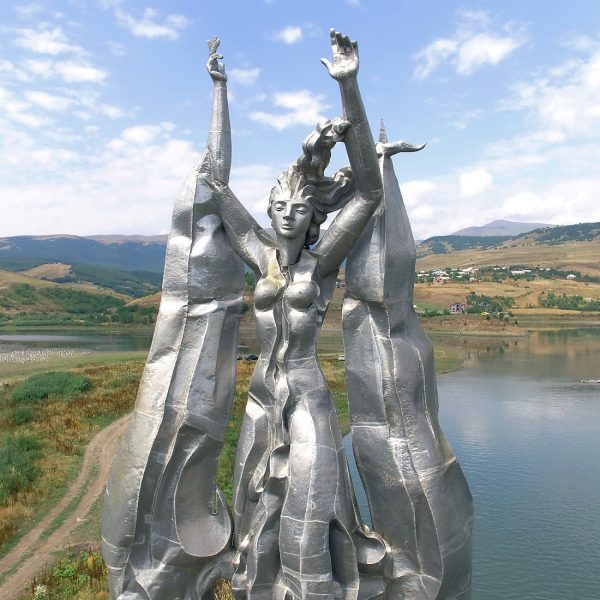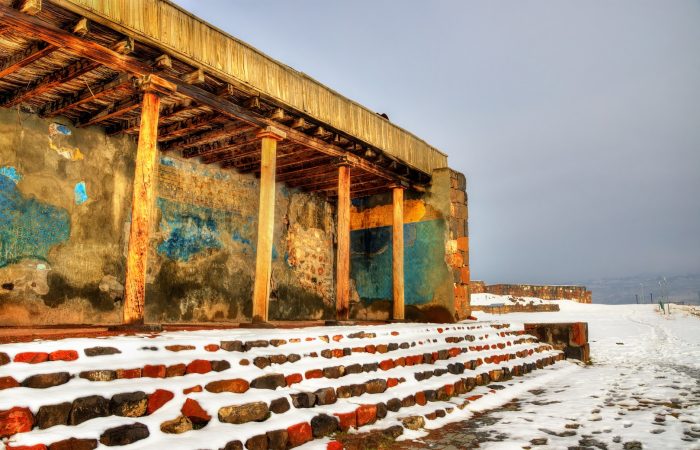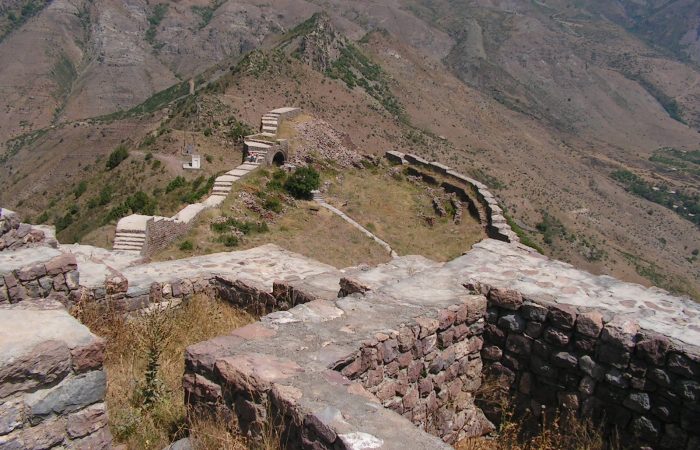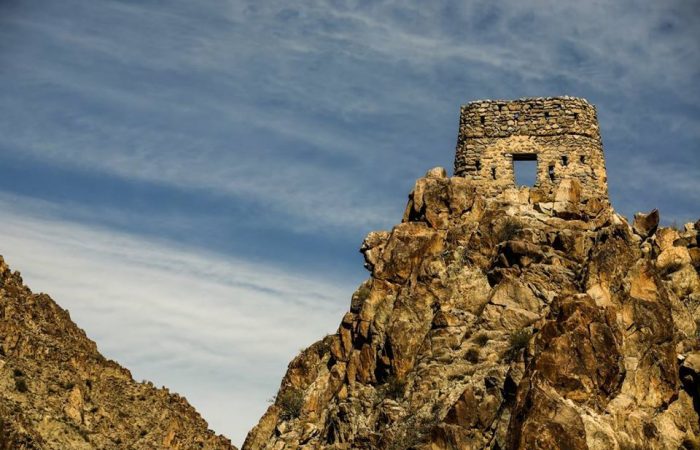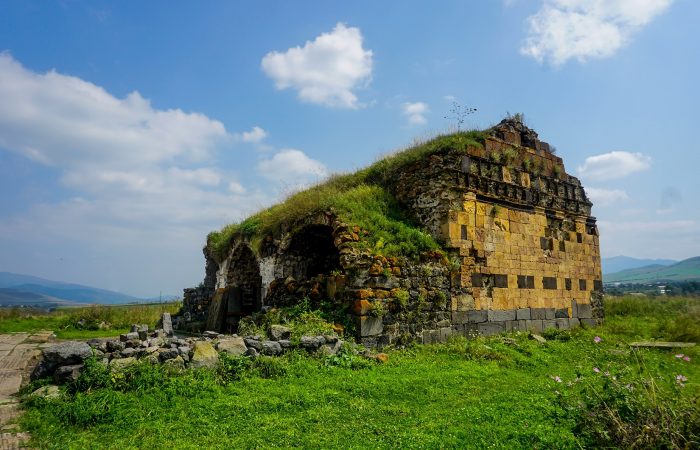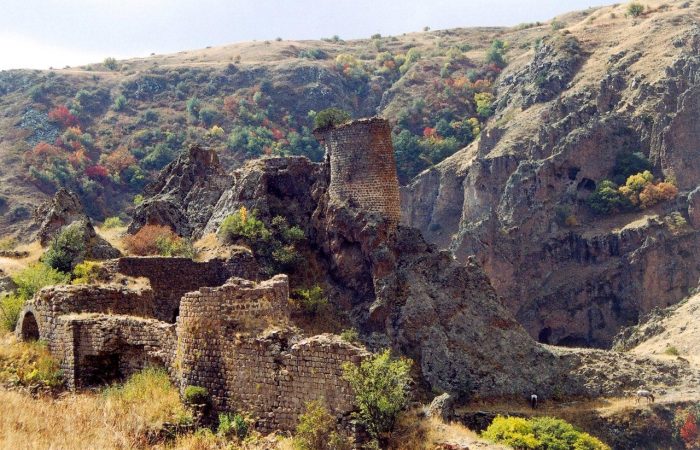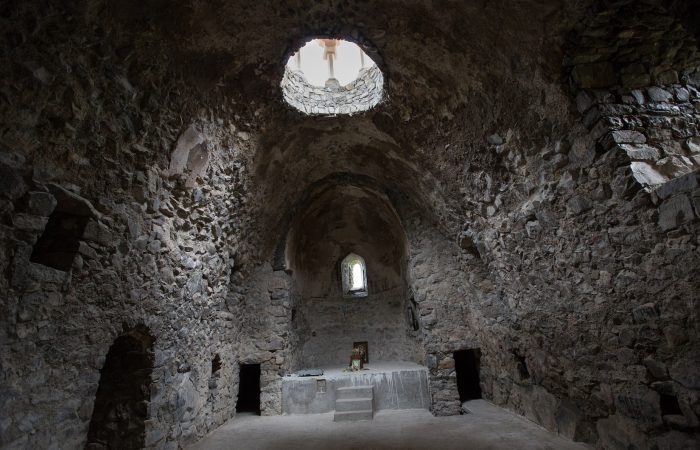Hrazdan: Brief History
Hrazdan was once included in the Ayrarat State of Greater Armenia. Tombs dating to the 2nd-1st millennia BC were uncovered in the territory of the city. Notably, there is also a 13th century caravansary. Before 1959 there was the village of Akhta, which in the mentioned year was classified as a country town and renamed Hrazdan. In 1963 a decision was passed to dissolve the rural councils of the workers, deputies, Atarbekyan and Jrarat and the villages of Atarbekyan (presently Vanatur), Jrarat, Kakavadzor and Makravan were included in the city of Hrazdan.
The first main plan of the city was drawn in 1927-1928 and the architect was Alexander Tamanyan. Another plan was drawn around forty years later, in 1961-1963. In 1978-1989 a new main plan was drawn and it was envisioned for a population of 120000.
Having acquired a status of a city, Hrazdan was changing and developing with every other day. In 1995 Hrazdan became the center of Kotayk Province.
Presently, the city has one drama theater, a gallery, two museums, eight libraries, 13 kindergartens and so on.
Hrazdan: Climate
The city is located 1875 meters above sea level. The weather is not too cold in winters. The average temperature reaches (-9) degrees Celsius. Also the city is a great option for people who would love to escape the summer heat, as summers are not as hot here as in most other Armenian cities. The average temperature in August is 16.8 degrees Celsius.
Hrazdan: Things to See
Hrazdan Branch of State Gallery – The branch was established in 1973 and it houses unique paintings by Martiros Saryan, Hovhannes Ayvazovsky, Hakob Kojoyan, Anatoly Grigoryan, Gevorg Bashinjaghyan and others and impressive sculptures by Arthur Gharibyan, Ara Sargsyan and so on.
Hrazdan Geoscience Museum – Established in 1980 this Geosience Museum pursues one goal – to present the history of the entire region of Hrazdan city. The museum has four departments:
- Department of Archaeology
- Department of Ethnography
- Department of Modern Times
- Department of Temporary Exhibitions
Those wishing to visit the museum will have to pay 200 dram (less than a dollar); a pretty low amount, so don’t miss it. Guided tours will cost 1500 Dram (approximately $4).
History Museum – Believe it or not this museum was founded by a 14-year old boy. His name is Armen Ayvazyan. The museum includes over 18000 samples with the oldest of them (an agricultural pickaxe) dating to 2-3 million years BC.
Saint Karapet Church in Jrarat – Saint Karapet is a triple nave basilica church. It dates to the 16th century and is believed to be reconstructed in the 19th century. The church, however, was closed during the Soviet Union period and was used as a food storehouse and was then ruined. Luckily, the stones of the church were preserved and were used in the reconstruction works of the church.
Saint Karapet Church was reconstructed in 2004-2008 and was re-consecrated on December 6, 2008.
Saint Mariam Astvatsatsin (Holy Mother of God) Church in Vanatur – This church was built in 1883. The church has modest appearance with ordinary architectural solutions.
Holy Cross Church – Holy Cross Church in Kojor dates to the 19th century. It was built in 1861 and is currently under state protection.
Makravan Monastic Complex – The complex is found on a hill. It includes 18 khatchkars (cross-tones), a tombstone, a gavit, a chapel, a cemetery and auxiliary buildings. The complex has two churches – the Church of All-Savior, which dates to the 10th century, and the Church of Saint Astvatsatsin, which dates to the 13th century.
If you are more for the natural sites, then arrange your time so that you can see the rivers of Hrazdan and Marmarik as well as Lake Tsovinar.
Hrazdan River – Hrazdan River is one of the most significant rivers in Armenia and is the left tributary of Araks River. It is 141 kilometers long. The view of the river is absolutely worth your time.
Marmarik River – While Marmarik River is a lesser known river, it offers one of the most impressive views. The river and its surrounding are equally beautiful in summer and winter. The river adds to the playful and lively scene of the area in summers, while the feeling you get as you look at the river in winter is it breathes life into the surrounding area, which seems to have taken a still nap under the soft snow cover.
The river is the largest tributary of Hrazdan River and is 37 kilometers long.
Tsovinar Lake – This lake is another thing to see on a visit to Hrazdan. A legend regarding this lake has it that on the territories of villages located on the shore of Lake Sevan there once was a fresh water spring. The locals used to carefully use the water and after the usage closed the water tap. One day Tsovinar who was a new bride forgot to close the tap and the spring water having flowed all night formed a lake.
After seeing what had happened Tsovinar was cursed and she turned into a stone. Later on, people could see how useful the lake was for them and eventually the lake and the village it is located in were named after her.

